|
I was fortunate enough to get my hands on the elusive Supersapiens CGM & software for two months. During this time, I trained heavily, raced across the county, and analyzed my daily responses to diet. The whole process was extremely simple and user-friendly, where I received minute-by-minute updates at my fingertips.
This product, in my opinion, is going to be a true game changer at every level; for the amateur athlete looking to improve their diet to the world tour pro aiming to optimize their fueling. After nearly 60 days with a CGM, I’m still learning about my glucose from both a health and performance perspective. Here are my biggest takeaways from this experience.
0 Comments
In a world where we can follow icons of the sport on Strava, see real-time numbers during a World Tour race, and track ourselves while we sleep …where do we draw the line when it comes to data? The accessibility of power meters, heart rate monitors, CGMs, etc. is a great evolvement for the sport, but it makes stepping away from the numbers even harder to do. There’s something to be said for being able to turn off the noise and focus in on our bodies, the task at hand, and how we “feel”. Furthermore, there’s nothing you can do about Van der Poel’s power up the Poggio or what Nino Schurter’s FTP is – it’s about you and your situation.
Building your Race CalendarThe season is winding up and it’s due time to take a look at your race + event plans. Here are 5 of the most important factors to consider when building your calendar to capitalize on your goals!
Heat: “If you can’t handle the heat, stay outta the kitchen.” Or, just get stuck in the kitchen more often. Heat is a tricky thing to tackle when it comes to endurance events. It’s an uncontrollable, inescapable part of competing certain times of the year and in certain locations. Excessive heat (or more specifically the inability to handle it) can lead to an increase in overall core temperature and just a few °F can make things go downhill quickly. The brain starts to realize that there are more important things than you pushing hard on the pedals and will try to put a stop to that. Overall, heat stress will reduce the ability to achieve maximal metabolic rates during exercise. to a Cardiac drift is common term for the increase or “drift” of your heart rate upwards over the duration of an effort/event and is expedited with dehydration or heat. Often, this dance with the discomfort of heat is manageable over the duration of a training session or short XC style event. However, if gone unaccounted for it can lead to a drastic drop in performance. Things may start with discomfort and an annoyingly hot feeling…typically if you are equipped to handle it then it will stay that way. If you can’t, then some dizziness, nausea, and/or waning ability to really focus on the task at hand can follow. Below, I’ll dive into ways to manage the heat from an micro (small) perspective around racing or training + from a more macro (big picture) perspective. Managing The Heat
There are Manny things we can do to mitigate the effect of heat. In the lead up to the big event/workout/race, it’s important to think about your prep 2,3,4 days prior. Firstly, hydration cannot be neglected during these days and a greater importance should be placed on electrolytes. The idea behind this is to increase the essential minerals we need and that especially being sodium; as sodium levels in the body rise, water will follow. Thus, if we slowly increase these minerals we will “hold onto” more fluid in our cells over time. Yes, you will gain a little water weight but SO WHAT if it means mitigating the effect of heat. On race day, keep all your bottles, fuel, etc as cool as you can and try to buffer heat through cooling vests, shade, and less aggressive warm ups. PRO TIP: fill pantyhose with ice and stick them in your jersey collar while getting ready. Acclimatizing [“uh-kli-muh-tizing”) From a bigger picture, and longer timeline, you can prep for key events by acclimatizing to the heat. If it’s during the warmer months or you are in a warmer climate, try moving some of those moderate workouts towards the warmer part of the day….gradually. If it’s the winter months (as my Puerto Rican race trip was) you can leverage sitting in a sauna to get acclimated. This looks like: 7+ days of 20-30min sauna sessions around 180°f if possible and ideally immediately following training. (Check this article out for a scientific review…) Here’s What’s Happening Heat acclimation typically takes around 10-14 days depending on variables. During this time, your body will be learning how to send more blood to the skin quicker, in greater amounts, and more efficiently. One big reason for this is due to the increase in plasma volume in your blood (the fluid part). These processes lead to more liquid coming to the skin which cools you through convection. As you begin to get more acclimated, this typically induces more sweating but less mineral/sodium loss. Additionally, your body’s entire cardiovascular system becomes more responsive and efficient when it encounters this heat stress and the hormonal system is becoming more adapted to this “new normal”. For a detailed interview with someone that has a lot of experience on this subject, see the Trainerroad Podcast with Dr. Minson: https://www.youtube.com/watch?v=b8edDmyhHes Laying the Foundation The notorious “base season” is a staple of endurance athletes’ training. It may not always come during the winter, depending on your sport and/or goals, but typically does for the average cyclist. This period can be neglected by many due to a variety of reasons including weather, daylight, and motivation relative to your season. However, this is one of the, if not most, crucial times for developing year over year as an athlete. An analogy to tie it all together is to think of your training year as a pyramid: the broader and stronger the ‘base’, the higher and better the peak. Goals of Winter Training The main focus of the base phase of training can almost be summarized into one goal: to improve aerobic fitness and efficiency. In layman’s terms, this means making your body better at using oxygen + fat to fuel you and improving your ability to accomplish work in an aerobic state. If you can stay in an aerobic state for longer and harder effort, you push that anaerobic line higher. To get a little more nerdy, this comes in many improvements to your body; namely:
Main Focuses of Base Training Aerobic Training This is the lynchpin of base training. It is usually defined by slogging through lots of hours on the bike at a Zone 1-2 effort level and can be monotonous. Your gaol is to keep the body in an aerobic state and avoid excessive effort/volume in an anaerobic (without oxygen, aka. hard) state. IF you have the time, then building volume over a 12 week period is ideal. However, many do not and have to accommodate jobs during the course of the week in addition to waning daylight. In that common case, utilize your week days for time-efficient structured rides and strength training and then open up the weekend days for big adventure days! Strength Training I’m a huge advocate of strength training for all athletes, disciplines, and ages (especially masters level). I wrote an article focused solely on this topic earlier in the year and you can see that here. Contrary to belief, strength training actually serves both the endurance and strength aspects of our training. Not only does a proper strength plan make a stronger muscle, it makes a more “durable” one. Don’t think of the two (endurance and strength) as separable. Additionally, as you rack up miles, get into race season, or are aging, your body will thank you for the “insulation you have packed in the walls” to avoid injury and deterioration. Neuromuscular/Power Work An unsung hero of the base phase is the neuromuscular + power development work on the bike. This comes predominantly in the form of pedaling efficiency drills and PCr sprint work. I use both of these in the early season phase to help prepare athlete’s for the work to come. The cadence drills (both high and low) help to train your efficiency and “cleanliness” in the pedal stroke. The short, neuromuscular level sprints improve the body’s reaction + response to the call for effort (quite literally the brain-to-legs connection). The base phase can be daunting to look at, but work within your means and keep it simple. This is one of the most beneficial periods of your year and can set you up for success. Ride “long and slow” when you can, keep strength training in the plan, and add in some specific intervals along with it all. A little structure goes a long way – contact me for coaching services or more information! Sources: Hughes, D. C., Ellefsen, S., & Baar, K. (2017). Adaptations to endurance and strength training. Cold Spring Harbor Perspectives in Medicine, 8(6). https://doi.org/10.1101/cshperspect.a029769 Stone, Michael H., et al. "Maximum Strength and Strength Training-A Relationship to Endurance?" Strength and Conditioning Journal, vol. 28, no. 3, 2006, pp. 44-53. ProQuest, https://login.proxy020.nclive.org/login?url=https://www.proquest.com/scholarly-journals/maximum-strength-training-relationship-endurance/docview/212586439/se-2?accountid=9715. Zones |
AuthorCarson Beckett, 26 | Coach, Pro, and Co-Founder of Dirt Camp Racing | Carson Beckett Coaching CategoriesArchives
January 2024
|
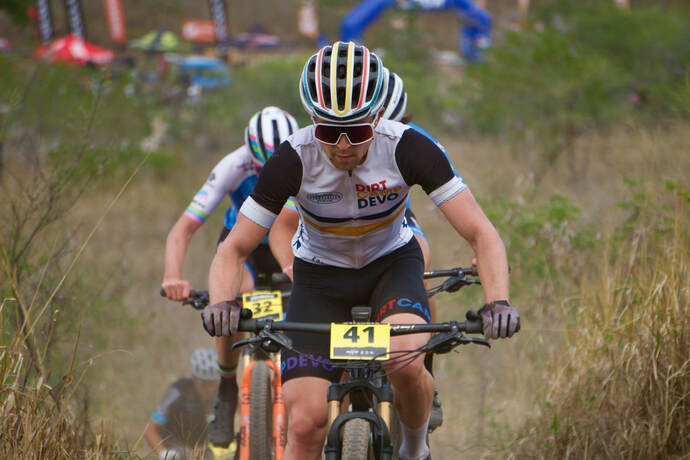
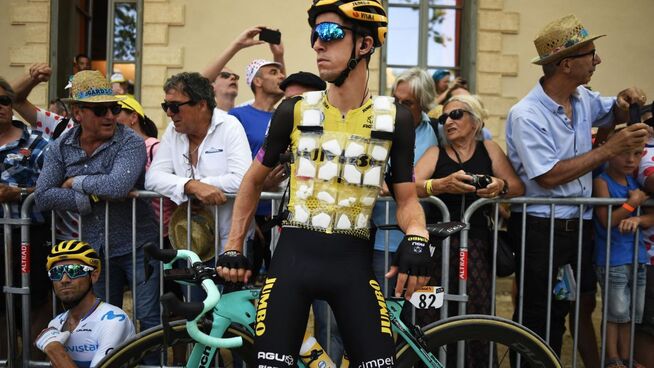
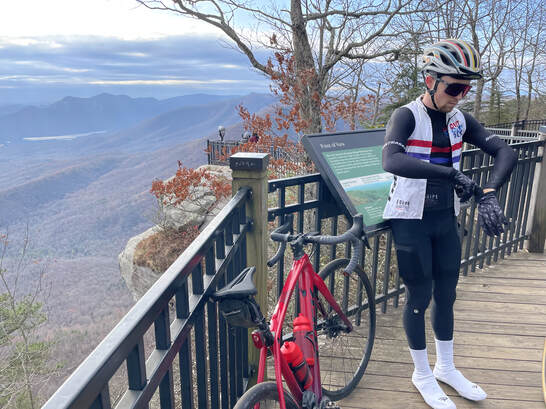
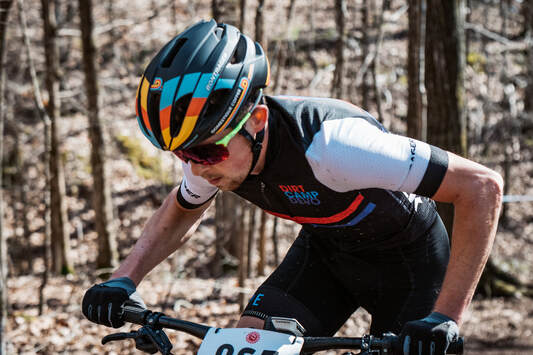
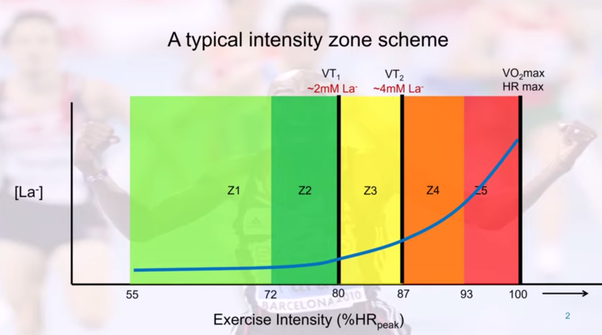
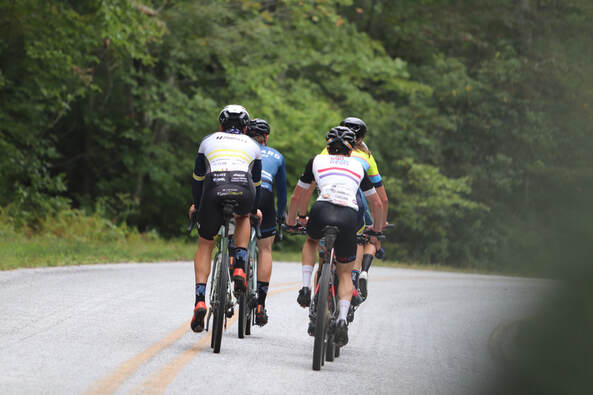
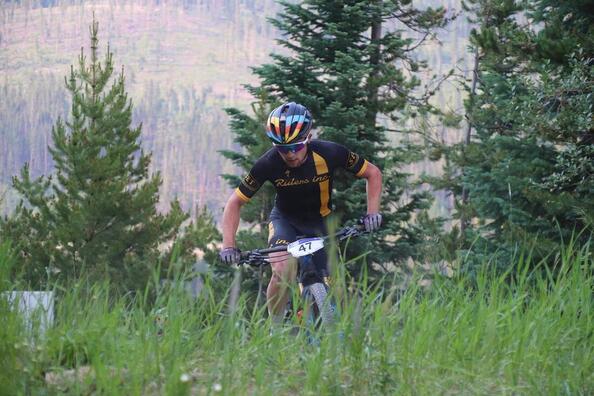
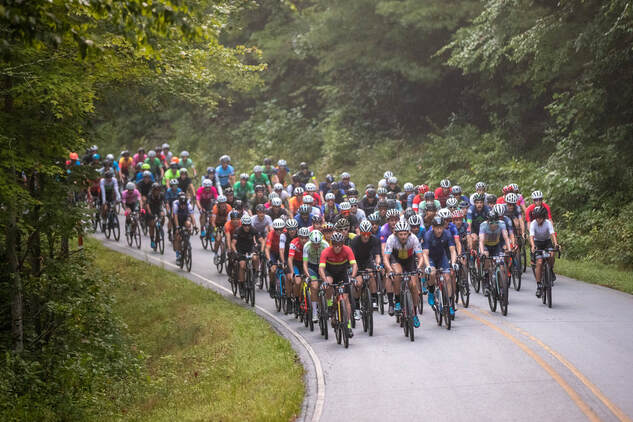
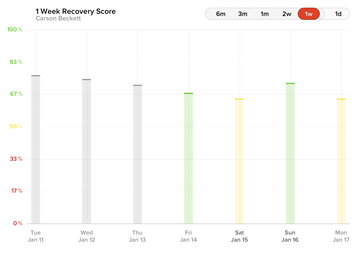
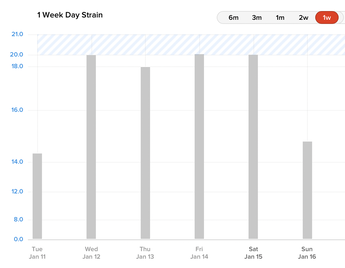
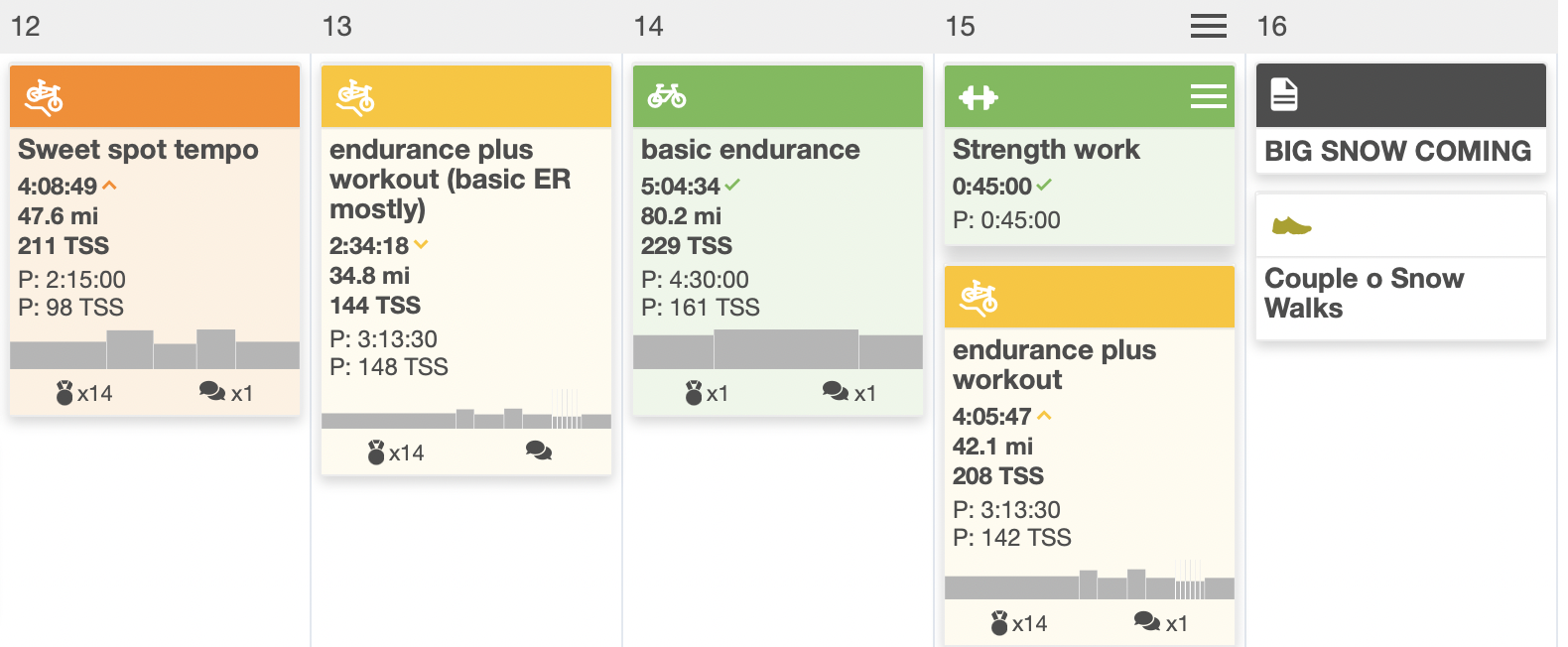
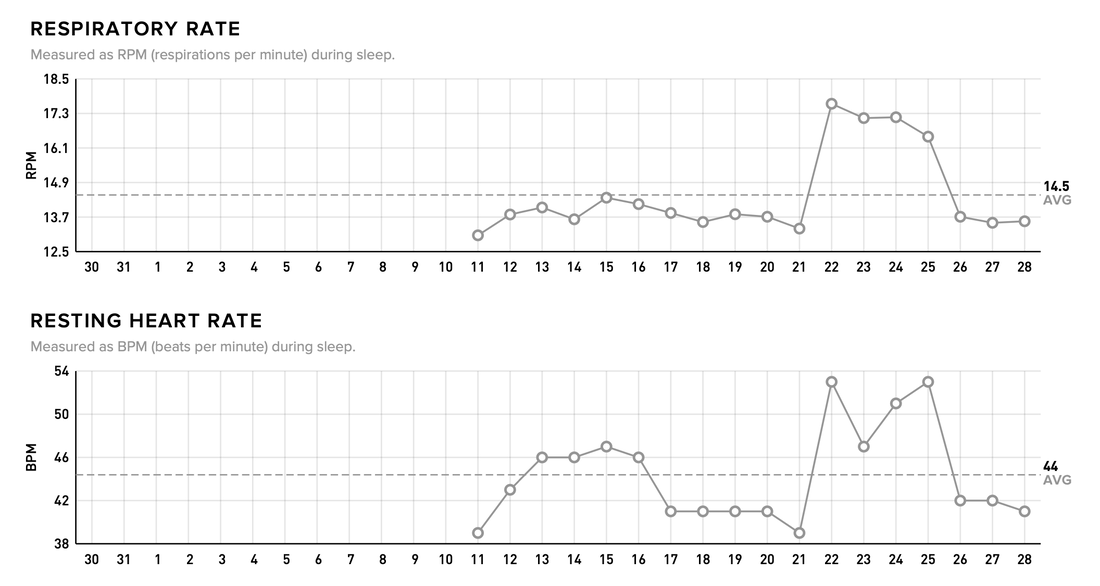
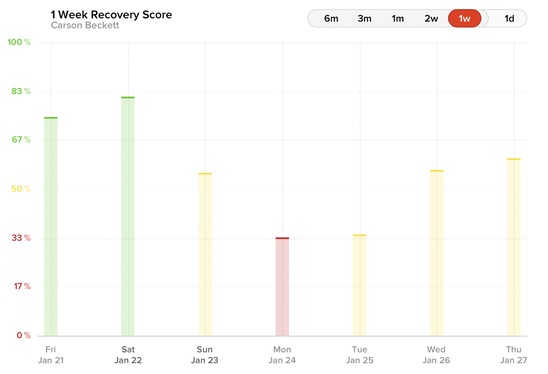
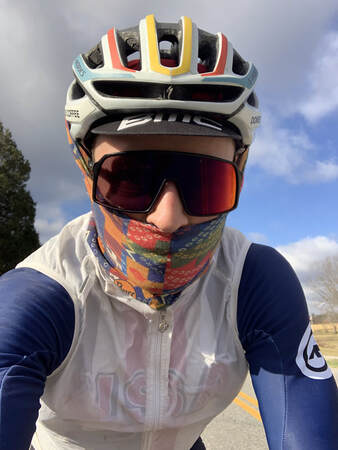
 RSS Feed
RSS Feed